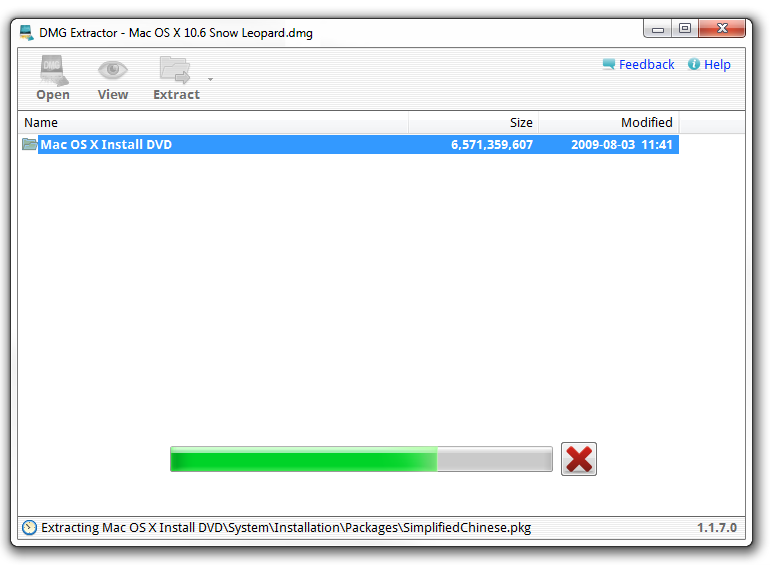Option 1: Mount the DMG. If the Linux distribution you’re on has HFS support in the kernel (Ubuntu 14.04.1 LTS supports it), it’s pretty easy to just mount the DMG image: We’re using “sudo” because we need root privileges to mount things. The HFS+ file system type is specified with “-t hfsplus”. So if the directory contains any data, move them to a different location, and then encrypt it. Once the directory is encrypted, move the backup to the encrypted directory. To encrypt the directory ostechnix with ecryptfs filesystem, run the following command as sudo or root user: $ sudo mount -t ecryptfs /ostechnix/ /ostechnix/. As with any volume on Linux, you can mount the LUKS volume anywhere you want, so instead of /myvault, you can use /mnt or /myvault or whatever you prefer. While it's mounted, your LUKS volume is decrypted. You can read and write files to it just as if it were a physical drive. When you're finished using your encrypted vault, unmount and close it. Mount the Encrypted Disk Image To mount the encrypted disk image in the future, locate its file on your hard drive—it will have the.dmg file extension—and double-click it. You’ll be asked for the encryption password you provided while setting it up. Jul 30, 2011 Welcome to LinuxQuestions.org, a friendly and active Linux Community.
The Macintosh Disk Image files which are otherwise known as DMG images are ISO image equivalent for Apple's Macintos operating systems. The DMG images have a different filesystem called the HFS. In this article we will tell you how to mount dmg images in Linux.
You can use the following command in a Terminal to mount the dmg image:
This command will mount a dmg image called filename.dmg in a folder named /media/iso. In case you get an error you can use the hfsplus option instead of the hfs option as shown below. This one also will have similar mounting effects and is generally applicable to newer dmg image files.
The above two commands may not work correctly if you do not have proper support installed on your system for reading hfs or hfsplus. Generally this wont happen, so you need not worry. Some times the dmg file may not be a true dmg image instead it may be a zipped image. You can use the file command to check whether the dmg image you are trying to mount is an actual dmg image or not.


